The Snake Plant, scientifically known as Sansevieria trifasciata, is one of the most popular and hardy indoor plants around. Known for its striking, upright leaves and resilience, it’s a favorite among both novice and experienced gardeners. This detailed guide will provide you with all the essential tips and tricks needed to care for your snake plant effectively, ensuring it remains healthy and vibrant for years to come.

1. Understanding Your Snake Plant
Before diving into care tips, it’s crucial to understand why the snake plant is so beloved. This plant is not only known for its aesthetic appeal but also for its air-purifying qualities, making it ideal for indoor environments. It can filter out toxins such as formaldehyde and benzene from the air, enhancing your home's air quality.
2. Optimal Lighting

Snake plants are famously low-maintenance when it comes to lighting. They thrive in indirect sunlight but can also adapt to low light conditions, which is why they are perfect for indoor settings. However, to maintain vibrant and upright leaves, it is best to place them in moderate to bright, indirect light. Direct sunlight can cause the leaves to burn, so it’s wise to avoid placing your plant in direct sun exposure for prolonged periods.
Also Read- Unlock The Benefits Of Snake Plant: Why This Hardy Houseplant Is A Must-Have
3. Watering Requirements
Overwatering is the quickest way to harm your snake plant. These plants prefer to dry out between waterings, so ensuring they are not sitting in soggy soil is key. During the growing season (spring and summer), water your snake plant every two to three weeks, allowing the soil to completely dry out between waterings. In the cooler months, reduce watering to once a month or less, depending on the humidity and temperature of your home.
4. Soil and Potting

Snake plants perform best in well-draining soil. A standard potting mix designed for succulents and cacti is ideal because it ensures adequate drainage. When choosing a pot, make sure it has drainage holes to prevent excess water from collecting at the bottom, which could lead to root rot. Repotting should be done every few years or when the plant outgrows its pot. This is usually evident when roots begin to crowd the container or grow through the drainage holes.
5. Temperature and Humidity
Being native to West African tropical forests, snake plants prefer warmer temperatures and some humidity. They thrive in temperatures between 55°F (13°C) and 85°F (29°C). However, they are quite robust and can tolerate higher and lower temperatures for short periods. Although they can manage in dry indoor environments, if your home is particularly dry, consider using a humidity tray or a small room humidifier to add moisture.
Also Read- 6 Tabletop Plants For Small Spaces: Perfect Picks For Compact Living
6. Fertilizing
Snake plants are not heavy feeders, so minimal fertilization is necessary. Feeding them with a general-purpose houseplant fertilizer diluted to half strength can be done once at the beginning of the growing season. Over-fertilizing can harm the plant, leading to leaf burn or excessive growth that can compromise the plant’s structure.
7. Common Pests and Problems

Generally, snake plants are not prone to pests. However, if kept in poor conditions, they can attract mealybugs and spider mites. Keeping the plant clean and inspecting regularly can prevent infestations. If pests are found, treat the plant with insecticidal soap or neem oil.
8. Propagating Snake Plants
Propagating snake plants is straightforward. Leaf cuttings or division are effective methods. For leaf cuttings, simply cut a healthy leaf near the base, allow the cut end to dry for a day or two, and then plant it in soil. Ensure the cut end is planted down. Roots and new shoots will eventually form. This is a great way to multiply your collection or share with friends.
Conclusion:
Caring for a snake plant is incredibly rewarding. With its minimal care requirements and robust nature, it’s an excellent choice for anyone looking to enhance their living space with greenery. By following these simple tips and tricks, your snake plant will not only survive but thrive, bringing beauty and clean air into your home for years to come.


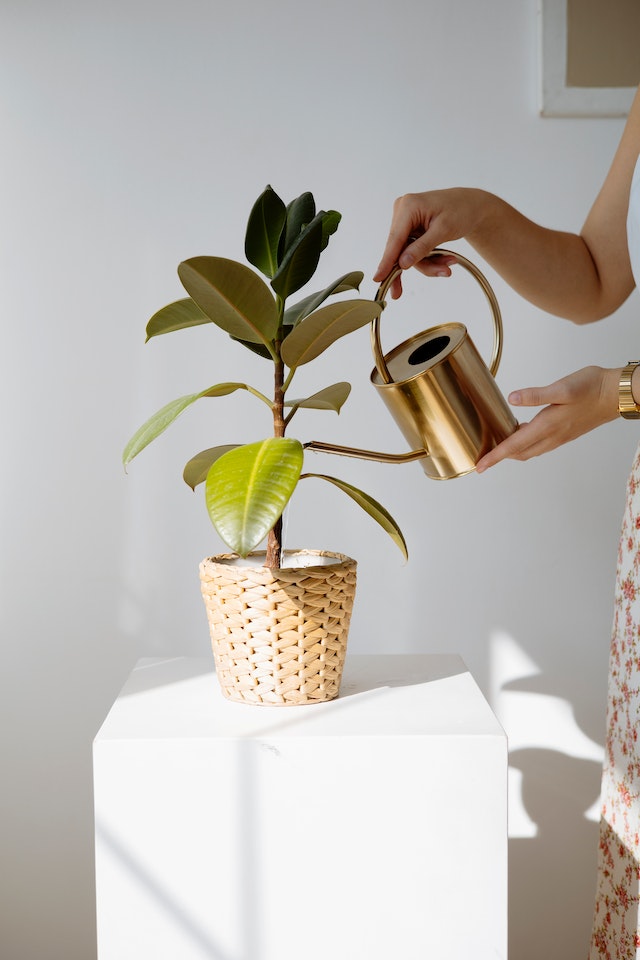



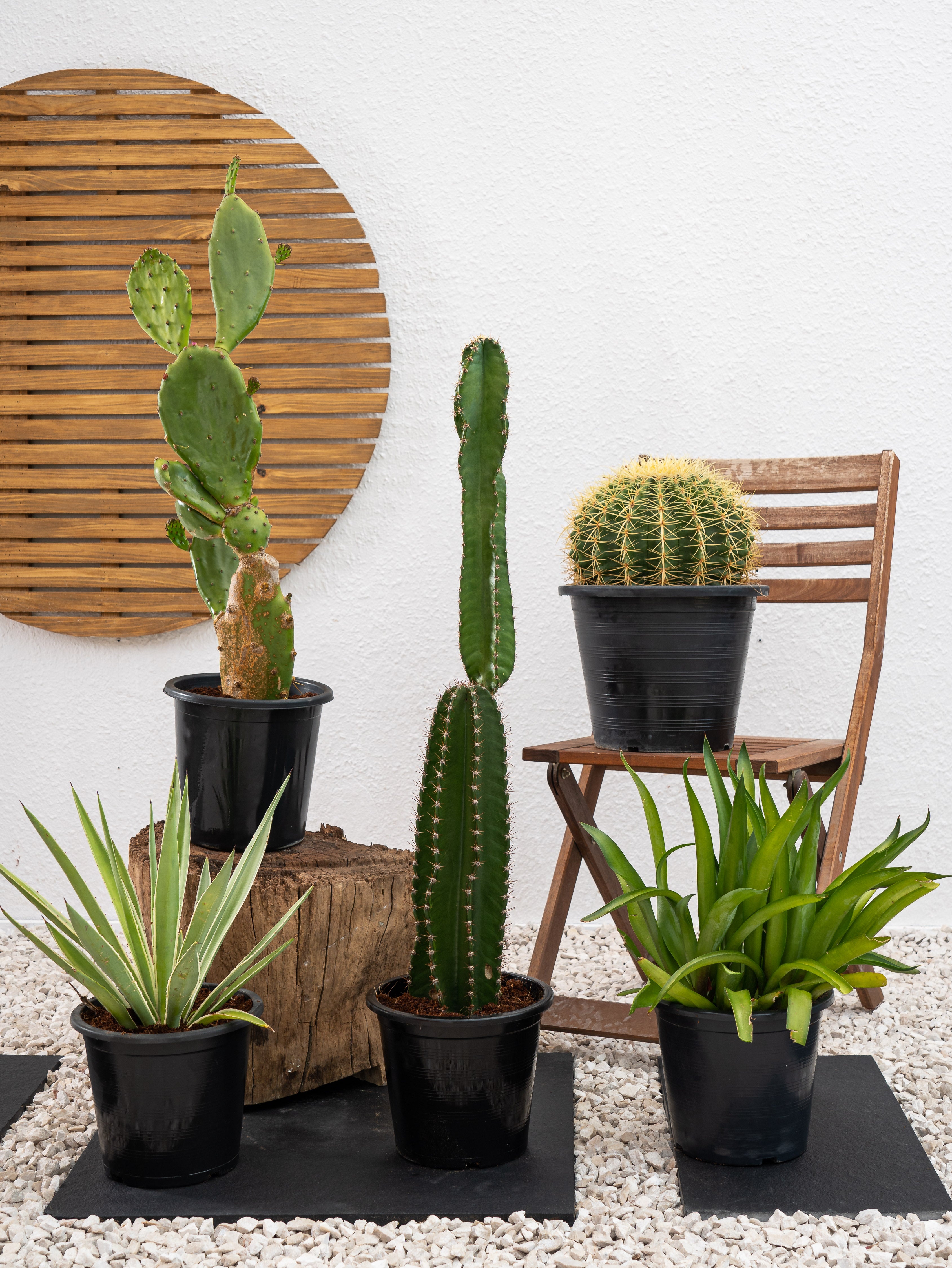
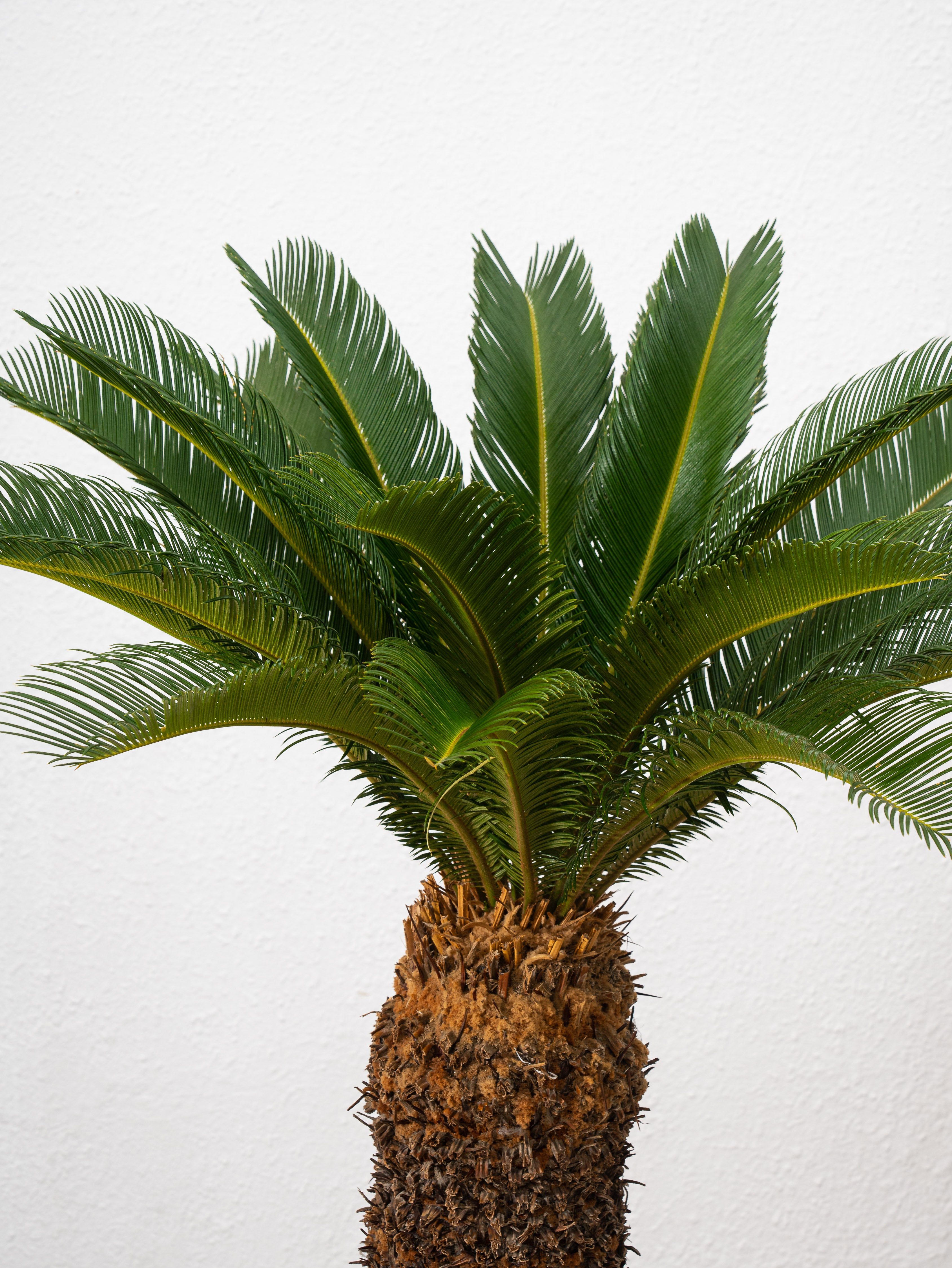
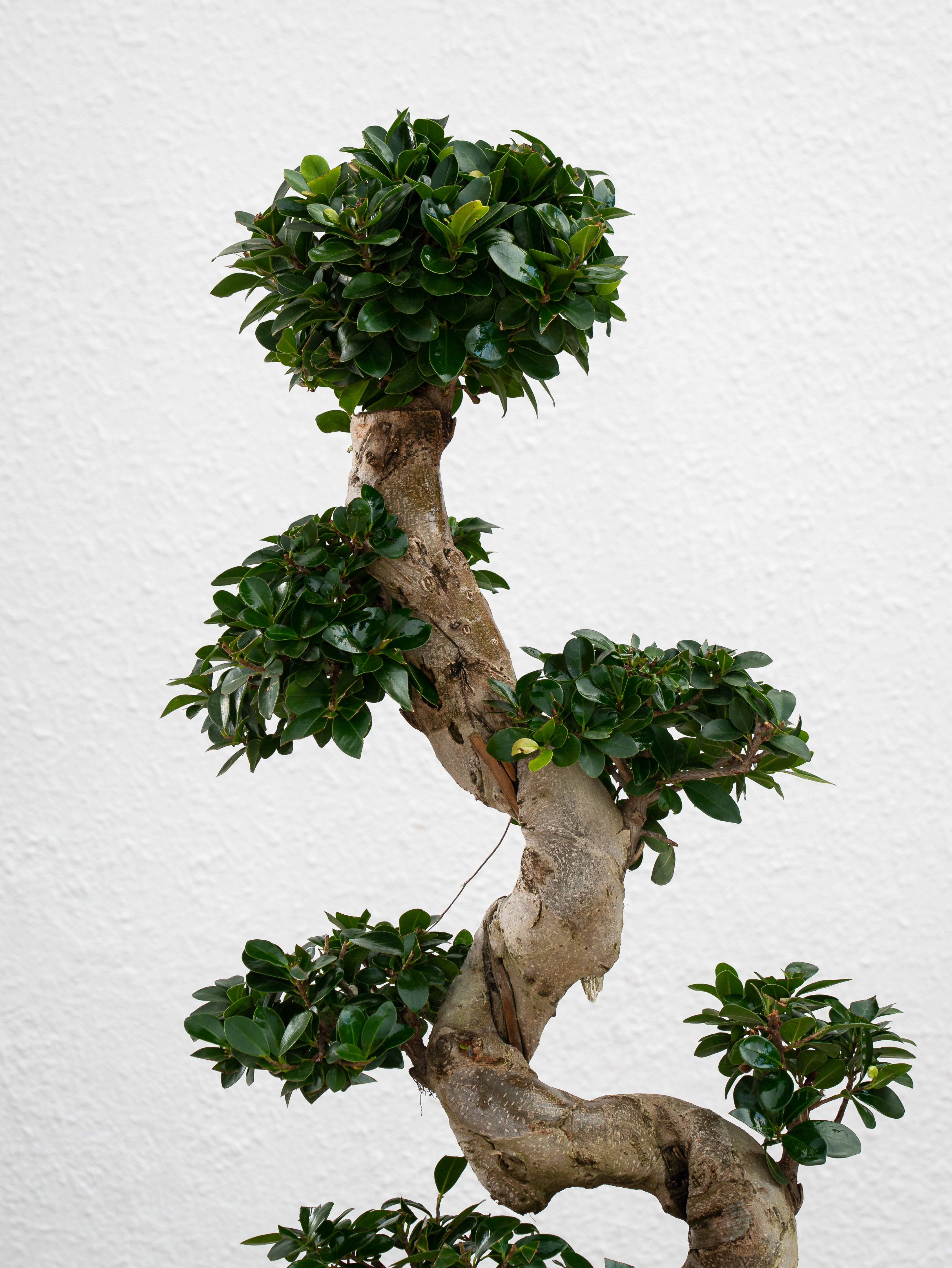
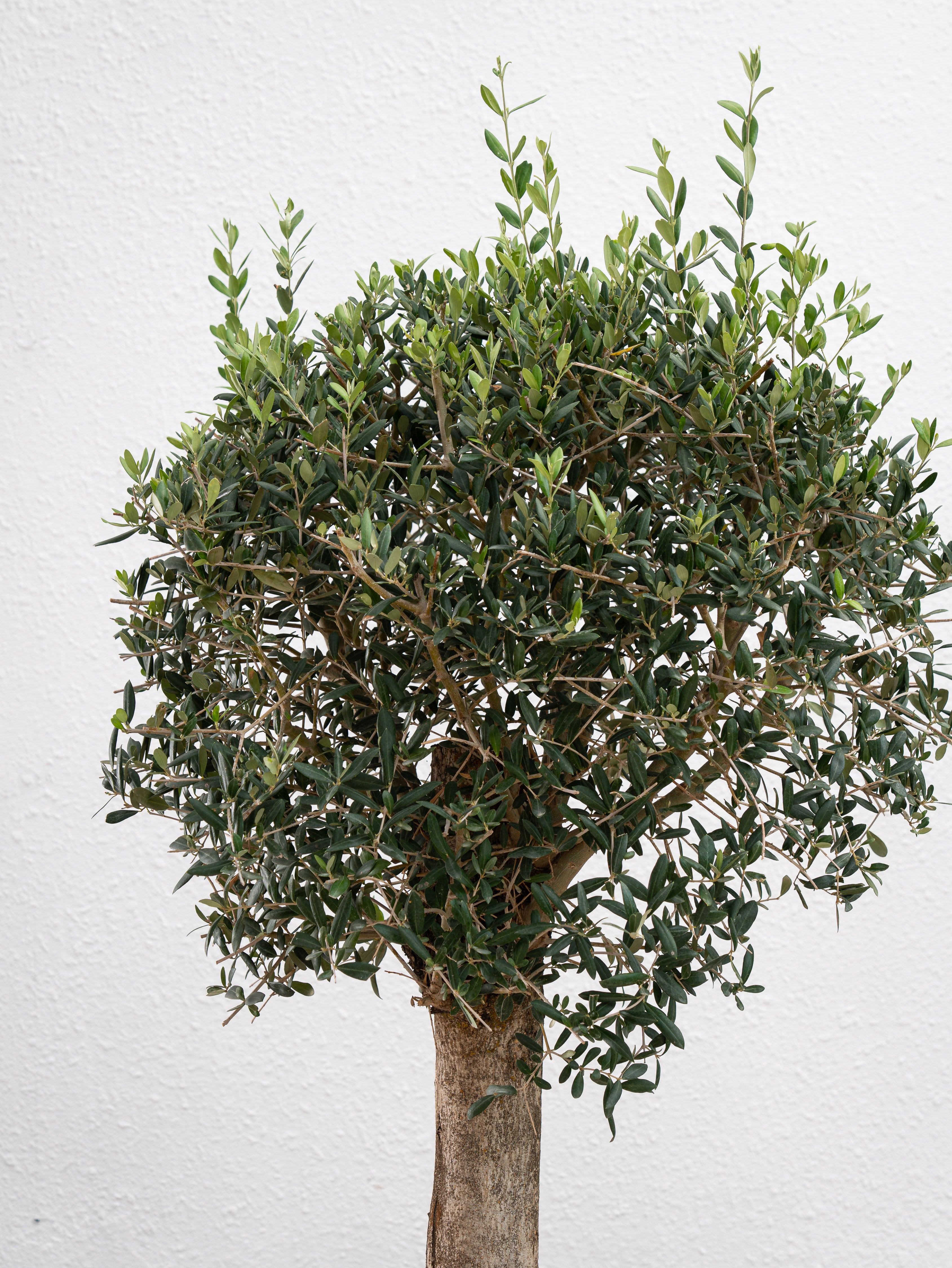
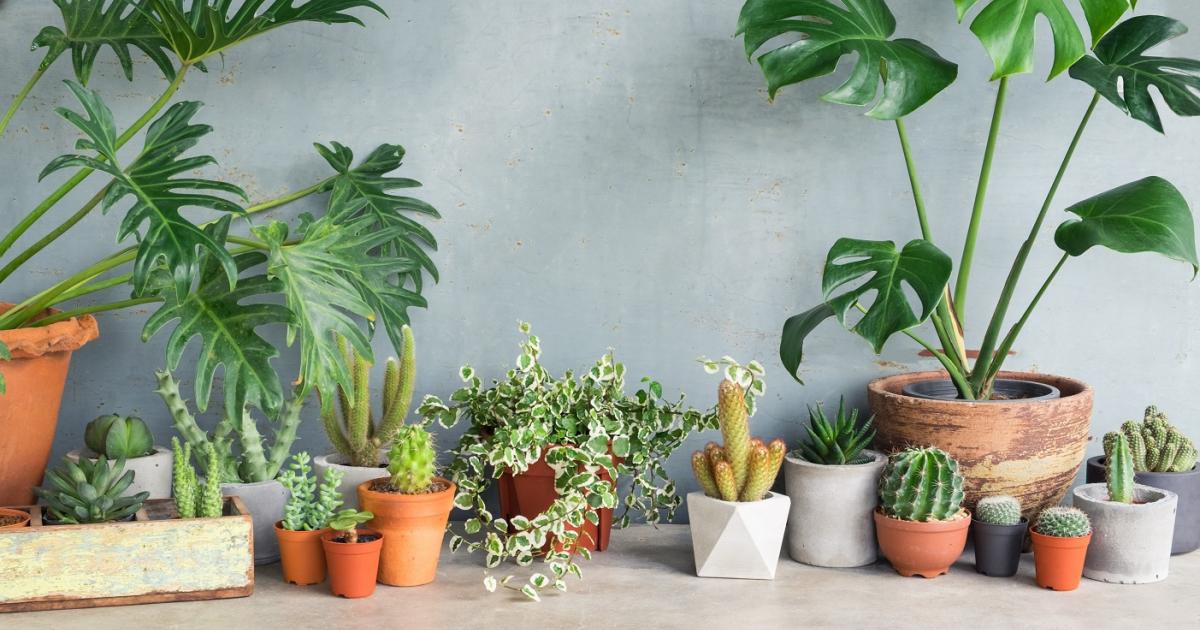
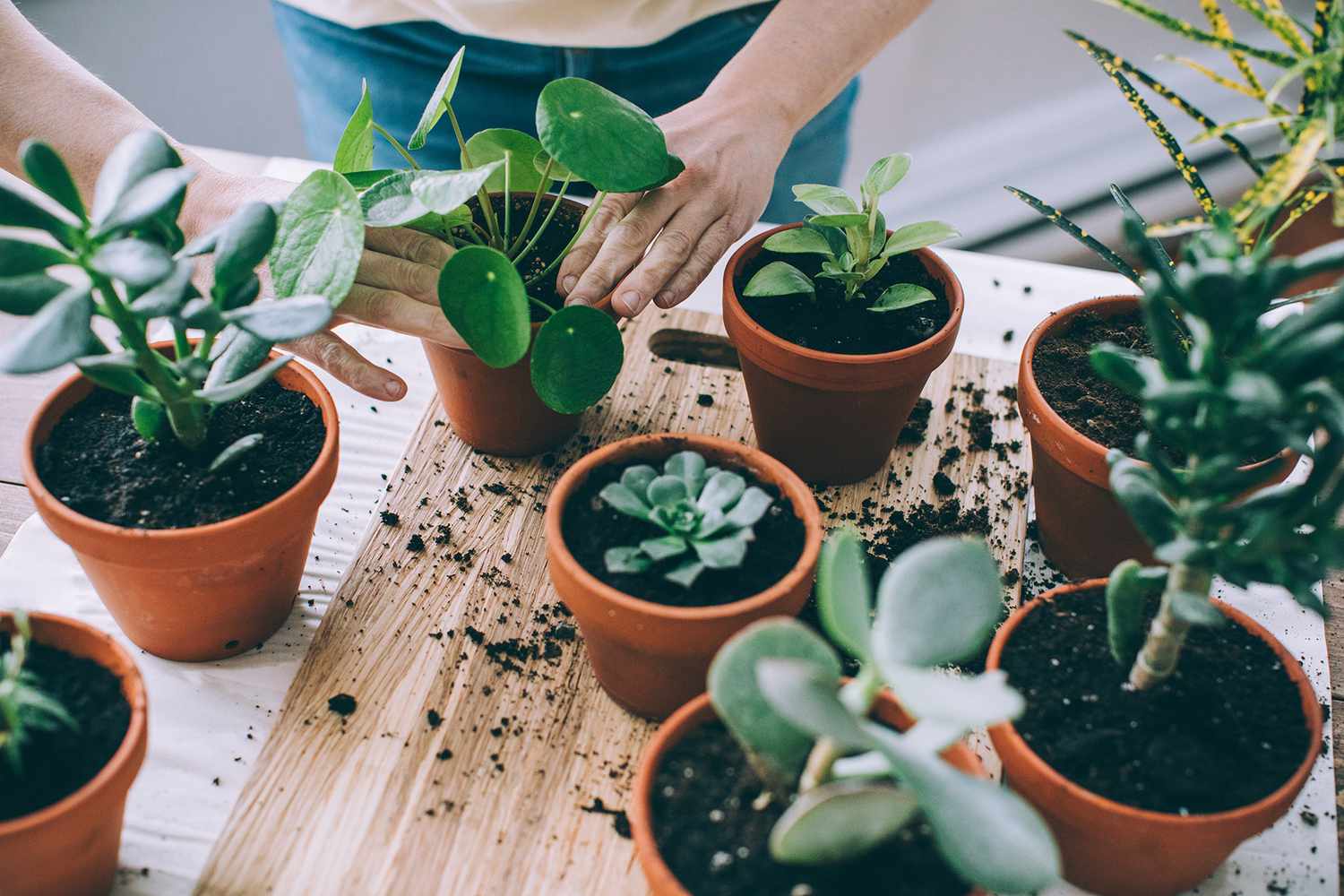

Leave a comment
This site is protected by hCaptcha and the hCaptcha Privacy Policy and Terms of Service apply.